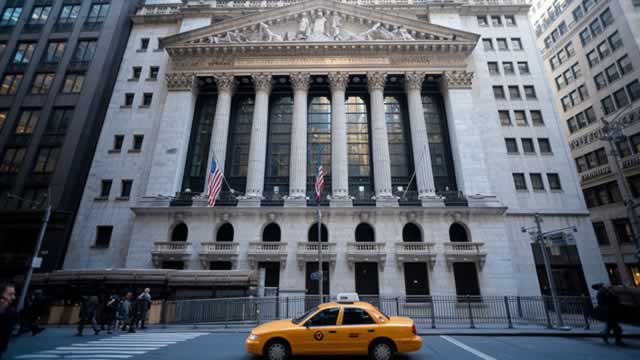Revving Up the Costs: A Charming Take on Trump’s Tariffs on Cars and Auto Parts
In a bold move that’s sending shockwaves through the automotive industry, President Trump has announced a 25 percent tariff on cars and auto parts imported from the European Union and other countries. This decision, aimed at protecting American jobs and industries, is expected to have a significant impact on Carmakers.
The Bite of the Tariff for Carmakers
Carmakers are no strangers to the ups and downs of global trade policies. But the 25 percent tariff could mean a hefty price tag for them. According to recent estimates, this tariff could add up to $18 billion in additional costs for the U.S. auto industry annually.
How, you ask? Let’s break it down. The tariff applies to the import of finished vehicles and auto parts. Carmakers like Volkswagen, BMW, and Mercedes-Benz, which have significant operations in Europe, will face increased costs when importing vehicles and parts into the U.S. These costs will then be passed on to consumers in the form of higher vehicle prices.
A Dent in Consumers’ Wallets
So, what does this mean for us, the consumers? Well, it’s not all doom and gloom. The tariffs could potentially lead to an increase in domestic auto production and hiring. But, on the downside, those savings might not be enough to offset the higher vehicle prices. According to some analysts, the tariffs could add an average of $4,400 to the cost of a European car.
A Ripple Effect Across the Globe
The tariffs aren’t just affecting the U.S. auto industry and consumers. They’re also sending ripples across the global supply chain. European Carmakers are already considering retaliatory tariffs on U.S. exports. This could lead to a trade war between the U.S. and the EU, potentially disrupting the global automotive supply chain and increasing costs for all parties involved.
The Tariff’s Impact on Other Industries
The tariffs could also have unintended consequences for other industries. For instance, the increased cost of cars could lead to a decrease in demand for car insurance, as some consumers might choose to delay purchasing a new vehicle. Additionally, the tariffs could negatively impact the tourism industry, as European visitors might be deterred from traveling to the U.S. due to higher vehicle costs.
- Increased costs for Carmakers
- Higher vehicle prices for consumers
- Potential disruption of the global automotive supply chain
- Possible retaliatory tariffs from the EU
- Impact on related industries like car insurance and tourism
A Charming Conclusion
So, there you have it, folks! The tariffs on cars and auto parts are revving up the costs for Carmakers, consumers, and the global economy. While the intentions behind the tariffs might be noble, the potential consequences are far-reaching and complex. As always, stay tuned for more charming takes on the world of technology and beyond!
And remember, no matter what the future holds, we’ve got your back with the latest news, insights, and a whole lot of personality!





